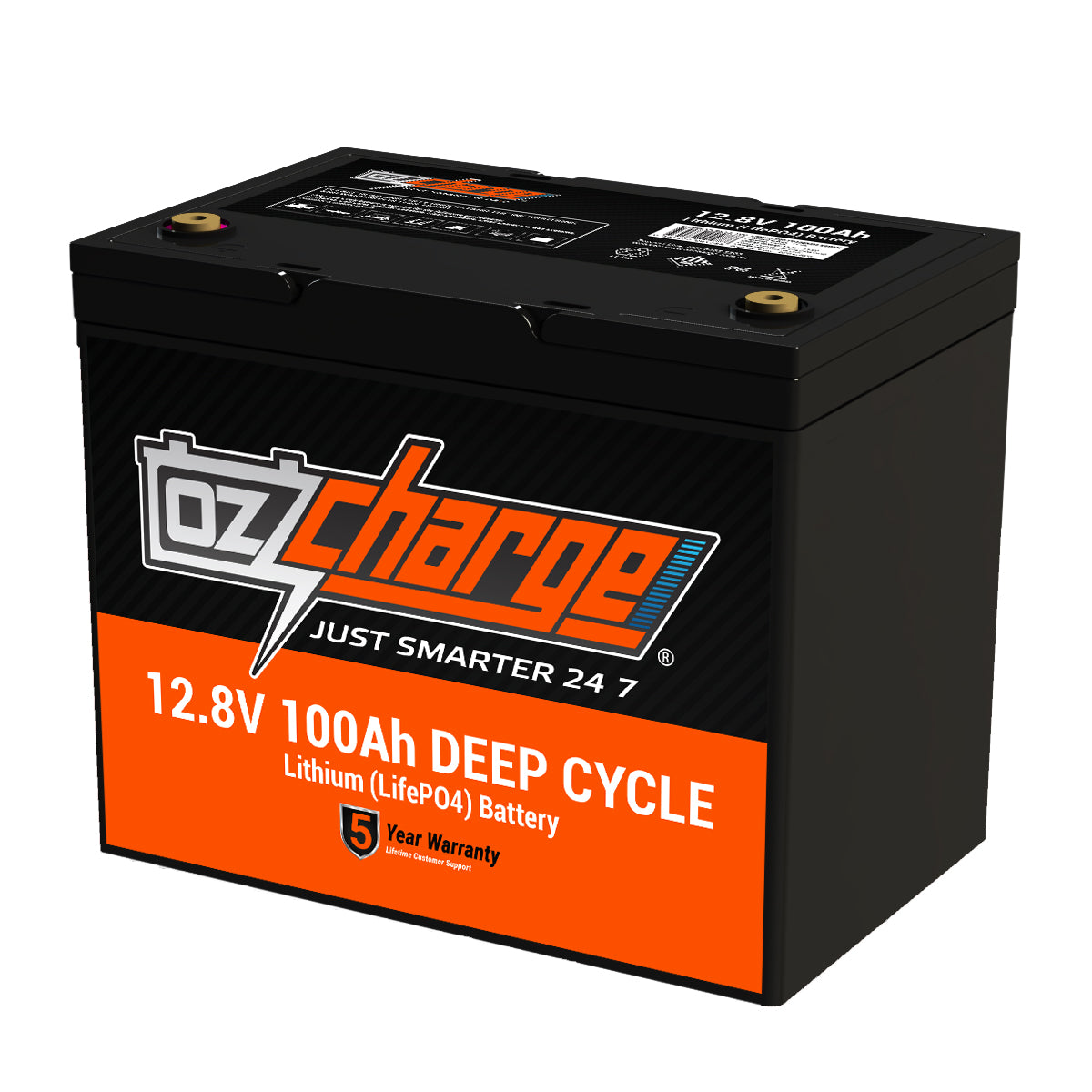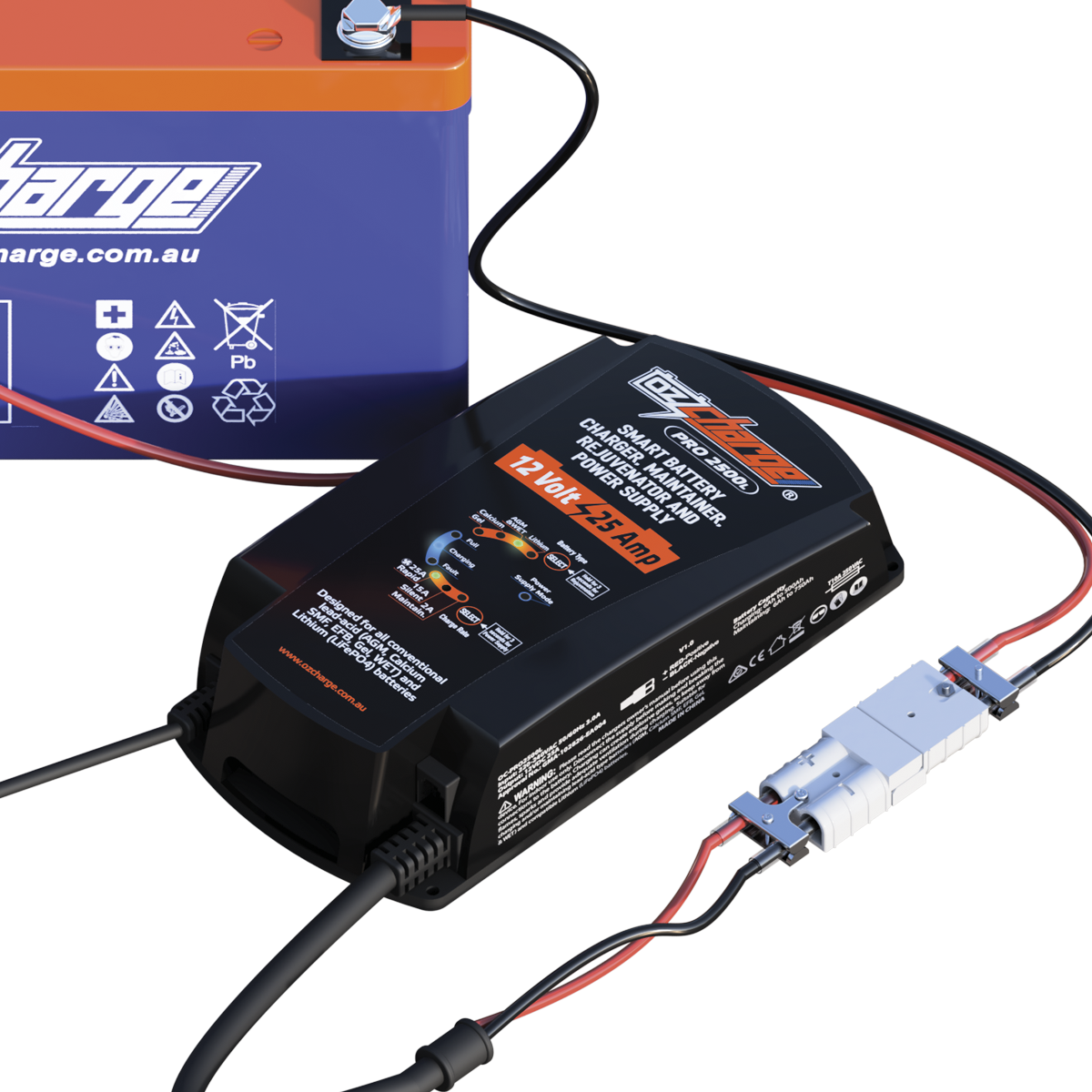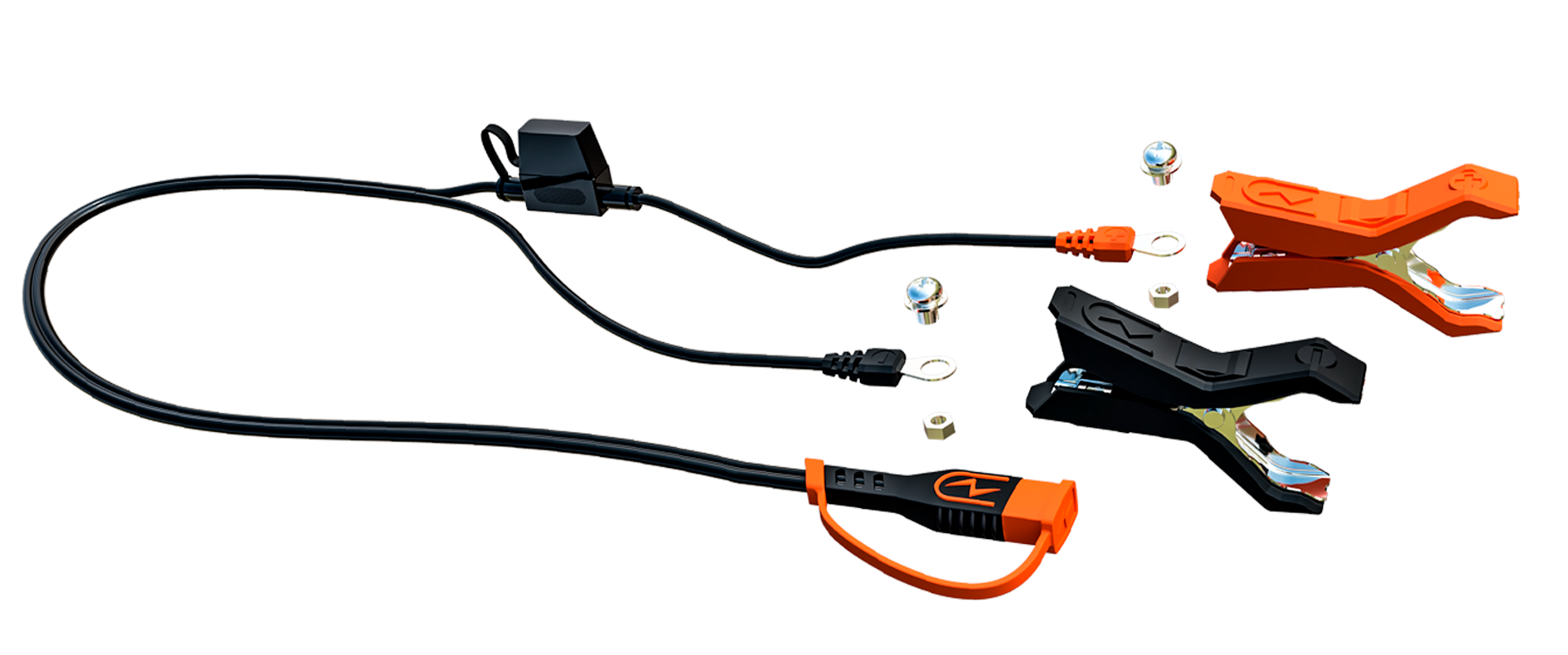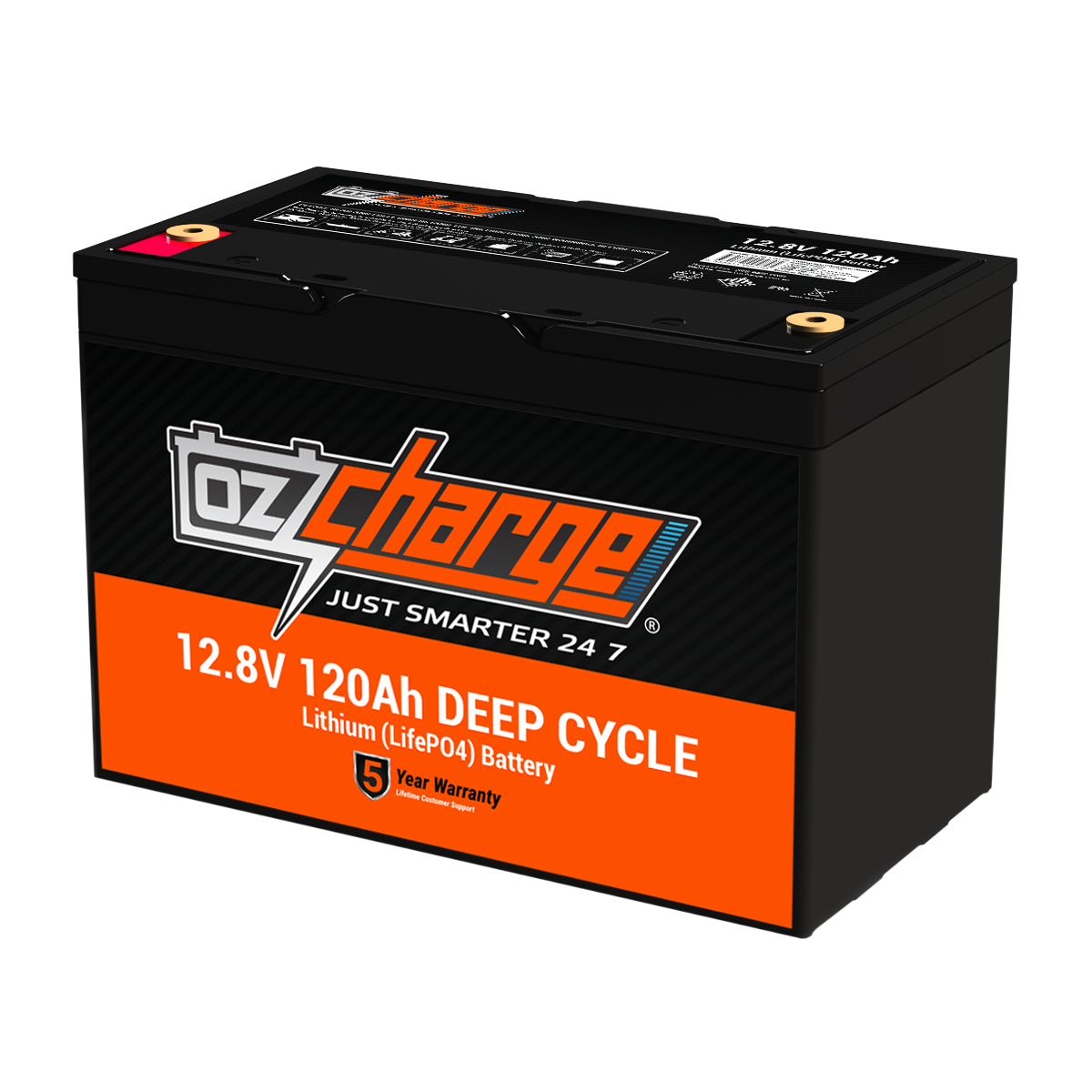by Jason Marshall
Lithium batteries come in all shapes and sizes, and it can be confusing to say the least understanding all the different types.
Step 1 - Identify the application
It seams everything is powered by Lithium these days, cars, phones, tablets, scooters, pushbikes, drones, caravans, boats, homes and even cities. Each application with its own unique requirement. Some require an extremely small hi energy battery (like drones & phones), whilst others need to be large and stable (like in a home or to power a city). Then there are all the chemistries. Lithium Phosphate, Lithium Cobalt Oxide, Lithium Manganese Oxide, Lithium Nickle Manganese Oxide, Lithium Nickel Aluminium Oxide, Lithium Titanate Oxide and so on.
So which is best for you?
|
|
Lithium Cobalt Oxide |
Lithium Manganese Oxide |
Lithium Nickle Manganese Oxide |
Lithium Nickel Cobalt Aluminium Oxide |
Lithium Titanate Oxide |
|
|
|
LiCoO2 |
LiMn2O4 |
LiNiMnCoO2 |
LiNiCoAlO2 |
Li2TiO3 (common) |
|
|
Common Applications |
Recreational Deep Discharge, off grid storage |
Mobile phones, tablets, laptops, drones |
Hand Power Tools, medical devices |
Electric Vehicles, E-Bikes, Industrial & Medical |
Tesla Electric vehicles, Medical, Industrial |
Large scale Energy Storage, Electric Vehicles, Solar lighting |
For the purpose of this article and for the benefit of the majority of people who read this (or at least the ones who visit our website), we will focus on Lithium Iron Phosphate (LiFePO4) as this is best suited for recreational applications.
Step 2 – Calculate the size of Lithium battery required
Once you have identified the application i.e. your car, 4WD, caravan, boat or RV, then you need to determine how much power you need and for how long. For example if my application draws 10 Amps for 10 hours I will need at least 100Ah battery. But! (and I hate this, because there is always a “but”), you should aim for a lower discharge level to ensure a long battery life.
When you first hear about Lithium it sounds like this mystical energy source that is wizard like and can just produce endless power. And to be honest, the first time you install and use a lithium battery…It does feel like that, especially when compared to old lead acid batteries. However, when the shine wears off, there are a few home truths about Lithium that the glossy sales brochures don’t tell you. For example:
- The deeper you discharge a lithium battery the shorter its cycle life.
- The faster you charge a Lithium battery the shorter the battery life.
Now keep in mind LiFePO4 batteries are very different to Lead Acid in that you CAN discharge them much further and still get a long life. To give you a better understanding, have a look at the cycle life versus discharge of the OzCharge Lithium Battery in the chart below. Like all LifePO4 if you constantly discharge them to 100% you seriously reduce the cycle life. But at 50% you can get an extremely long life.

So correctly sizing your battery for your application will be important to having a system that will last long enough to justify the higher cost of Lithium. In the case of our 100Ah draw over 10 hours you could use a 120Ah battery to provide some buffer and reduce the depth of discharge point from 100% to closer to the 80%. Or use an 200Ah and only discharge the battery to 50% and get a reeeaally long life. It something you need to firstly understand and then weigh up when deciding on your Lithium battery size.
The really great news about Lithium is that the whole battery capacity is usable. Ok, if we do it repeatedly, we can shorten the life. But nowhere near as much as much of a reduction in life when compared to traditional lead acid batteries, which really don’t like you discharging more than 50%. With Lithium, if you need the extra power, you can use it!
I am confident that in the fast-paced world we live in today, there will be lithium batteries (like new Lithium Sodium) that can do this. But they are extremely new or extremely expensive. So, the statements here are general statements that apply to the greater of us at the time of writing.
Step 3 – Choosing Cylindrical or Prismatic Cells
There are essentially three main types of Lithium Iron Phosphate batteries. Cylindrical, Prismatic and Pouch. As pouch is better suited for smaller applications like mobile phones, we will take that one out of the equation. As for Cylindrical or Prismatic. One is contained in a cylindrical stainless tube and the other packed into a small solid packet typically about the size of chewing gum or a chocolate bar. Each manufacturer will tell you that their type is the best, but when we were choosing the type that we wanted in our batteries, we looked at the following criteria:
- Which cells could handle warm climates and still give a good cycle life
- Which cells could handle vibration and impacts (like corrugations and pot holes)
- Which cells could handle higher constant cell voltages.
- Which cells were compact so we could fit more power into a smaller battery case.
- Which cells had very high safety standards
- Which cells could be UN38.3 certified so they were safe for air or sea transport
- Which cells had the highest of quality control standards
- Which cells if any used Australian Lithium
It pretty much came down to a two horse race between Cylindrical & Prismatic LiFePO4 cells. What’s the core difference between Cylindrical and Prismatic LiFePO4?
Feature |
Cylindrical |
Prismatic |
|
Weight |
|
✔ |
|
Energy for size |
|
✔ |
|
High temperature |
✔ |
|
|
Speed of discharge |
✔ |
|
|
Life cycle |
✔ |
|
|
Safety features |
✔ |
|
|
Vibration & impacts |
✔ |
|
|
Cost |
✔ |
|
The overriding criteria for us was safety and long life at high temperatures. We live in Australia, and it gets very hot here. We also wanted to make sure that our customers get good value for money, and for many years to come. For us, a cylindrical cell that could pass the rigorous UN38.3 testing was critical. We sacrificed a small amount of energy density and weight because cylindrical cells have stainless cylinders that the batteries are made in, unlike Prismatic which are in blocks. On the other hand cylindrical cells have much higher safety features and experience little or no swelling…unlike prismatic cells. So our team ultimately decided on Cylindrical.
Step 4 – Safety Features
Is Lithium Safe?
Whilst Lithium clearly has massive advantages over lead acid, there are events that Lithium does not like and can even become unstable. Overcharge is an obvious one however, extremely low discharge is one such event where Lithium starts to become chemically damaging to itself and especially if that discharge occurs at temperatures below zero.
The other thing with Lithium is that each cell is essentially greedy and at charging time, each cell wants more charge than the others. To manage all of this, we need a mechanism to protect the battery from damaging events and to balance the charging. In Lithium technology this is called the Battery Management System or BMS.
Another important functions of a modern BMS for long and trouble-free battery life is active cell balancing. What this means is that during charge the BMS monitors each cell in the pack and aims to keep each cell essentially the same voltage. Doing this by giving some more charge, and others less.
When Lithium was in its infancy some of these Battery Management Systems were sub standard and batteries would fail on an all too frequent basis. However modern BMS like the one in OzCharge Lithium Batteries are far more reliable.
As a consumer there are other indicators you can use that will assist you determine the quality of a Lithium Battery. Like UN38.3 for example.
What is UN 38.3 and why is it important
When Lithium first hit the scene, it was like the wild west…and it still is to some extent. Manufacturers would cobble together questionable cell & battery management systems, shove them in a box and claim the highest safety features. Next minute batteries are catching fire in planes and ships. The United Nations stepped in and created a Standard called UN38.3 that batteries could be tested to internationally. This would ensure they were SAFE for air and sea transport. It’s a rigorous series of test that only cells of a high standard can pass. Testing includes:
- Altitude Simulation – Simulates low pressure
- Thermal Test – This test offers an integrity check during rapid and extreme temperature changes
- Vibration – Simulates vibration during transportation
- Shock – Simulates shock vibration during transportation
- Short Circuit – Simulates an external short circuit
- Impact – Simulates impact and crush to the case of the cell
- Overcharge – Simulates overcharge on a rechargeable battery
- Forced Discharge – Simulates forced discharge of cells
Now whilst you may not be transporting a battery UN38.3 is your guarantee of quality, and you can be assured that there is a quality product inside.
Step 5 – Case Type & Voltage Options
Lithium batteries come in a range of sizes and configurations. For example, the OzCharge range has standard format batteries and slimline batteries (See image below). Your installation will dictate the size and type however having options does give you choices when designing a system. Slimline batteries are well suited for canopies or in hard-to-reach places. Even popular behind the seats in single or dual cab Utes.
 |
 |
| 36V 100Ah Lithium LifePO4 Deep Cycle Battery | 12V 120Ah Lithium LifePO4 Deep Cycle Battery |
When choosing the battery voltage consider your requirement AND your charging. For example, you may already have a DC to DC and a battery charger that does 12 Volts. Making it more expensive to convert to 24V systems. Ensure that your charging sources apply the correct voltages and that they have a dedicated Lithium charge algorithm or setting. Modern LiFePO4 should be charged around 3.6 Volts per cell or 14.4V for a 12V battery.
TIP: Some popular European chargers only charge to 14.2V. Doesn’t sound much but its like buying an expensive long range fuel tank and only ¾ filling it.
When you match an OzCharge Lithium battery and a Pro Lithium charger you benefit from the Power of One. One brand designed for the best charge to give you great results.
Step 6 – Series & Parallel
So, to the question. Can you Series or Parallel a Lithium Battery pack. The short answer is YES…BUT! There it is again…the dreaded ‘But’ word. Why?
 |
 |
When we parallel between 2 or 3 Lithium batteries together, it’s not too bad. But when we series them, that is when we can start to see pack imbalance. Whilst each battery can see the cells inside of it (via the BMS), the individual battery cannot see the cells in the battery next to it. So as the current flows to the different packs you can get cell imbalance. You are at a much higher risk of pack imbalance with batteries in series.
We would recommend periodically charging each battery individually (removed from the series or parallel) to avoid any issues.
One easy way to avoid imbalance issues is by buying a dedicated voltage battery. Rather than joining 2 x 12V (positive to negative) to make a 24V battery. Just buy a dedicated 24V Lithium pack. In this way the BMS for the 24V pack is overwatching ALL of the cells and not just the ones in its 12V pack.
Step 7 – Tips for a long LiFePO4 Lithium Battery life
Here is our top tips for getting the most from your Lithium cells:
- The lower the discharge the longer the life. Try to balance usability with long life by keeping your discharge window between 60% and 80% DOD. You can always dip into the reserve any time you need it, but try to keep your average discharge a little higher…You never know, could get as much as 16 years out of an OzCharge Lithium battery at 20% DOD.
- Use a dedicated Lithium charger like the OzCharge Pro Lithium series that charges to 14.4V and then turns off. Lithium batteries don’t like float charging.
- Use a charger that has an output amperage somewhere between 10% to 20% of the batteries rated capacity. For example, for best results and long life, you would use a 10Amp to 20Amp charger on a 100Ah Lithium. Yes, they can and will charge faster but again, may reduce the life cycles considerably.
- Try to keep your Lithium battery below 45 – 50 Degrees Celsius. Avoid under bonnet installations unless it is a dedicated under bonnet or cranking battery.
- Install the battery in the upright position if you are installing it into a motive application (note you can install in any orientation in a stationary application). Why? The batteries internal chassis offers optimum protection in the upright position.
Find below a list of our best sellers for range of applications:
Smallest 12V 100Ah Lithium LifePO4 Battery in its class
12V 120Ah Lithium LifePO4 Battery
12V Lithium LifePO4 Batteries
36V 100Ah Lithium LifePO4 Battery







